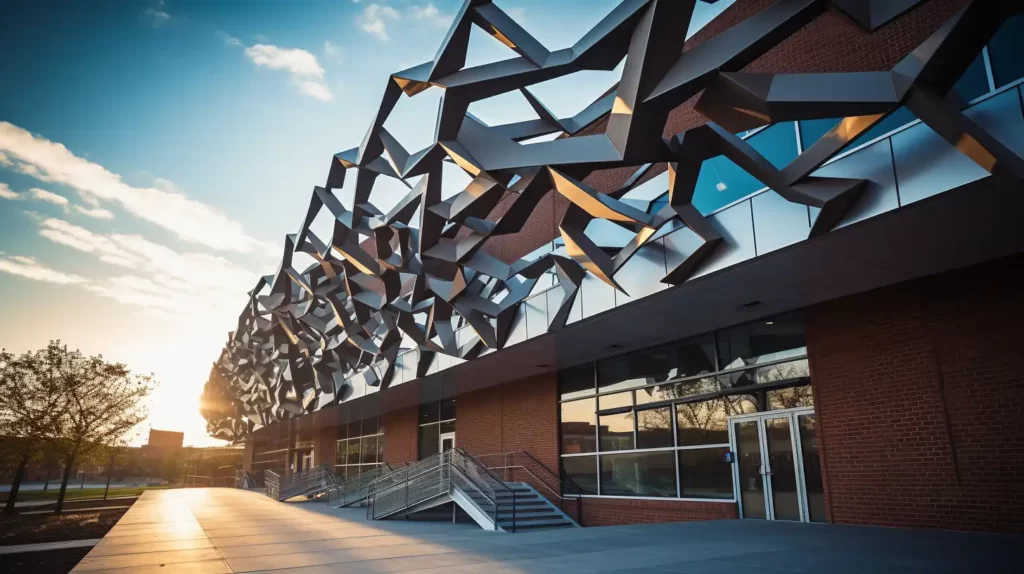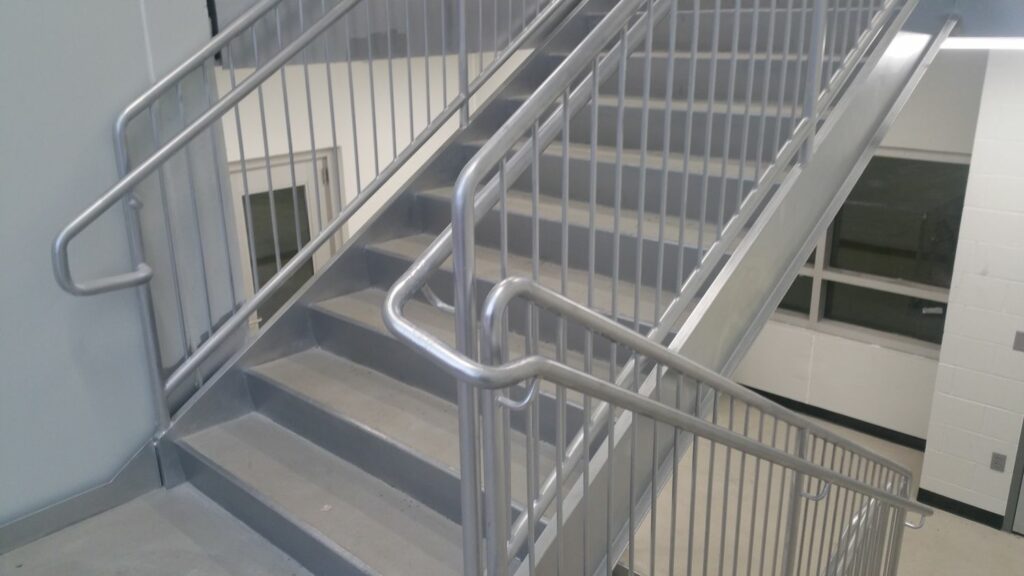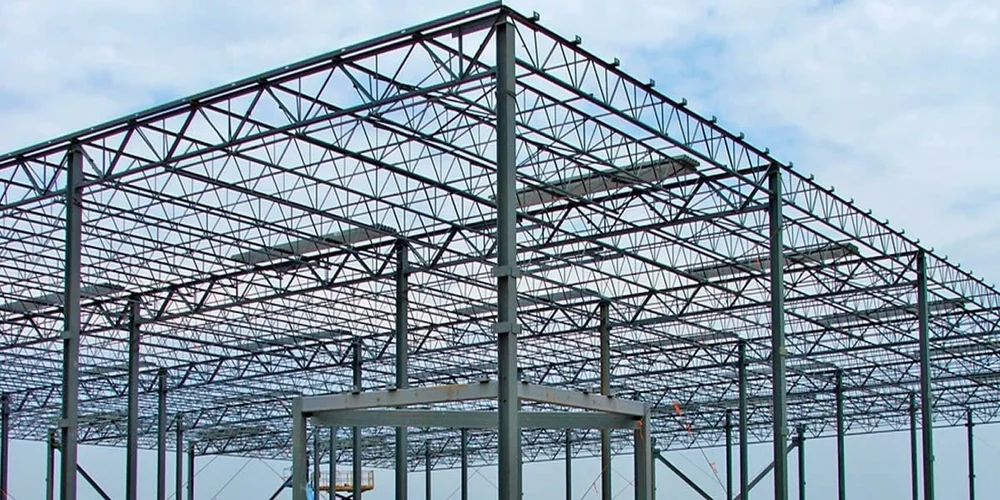In today’s world of modern design, aluminum has emerged as a pivotal material in the field of architectural fabrication. Its unique properties make it an ideal choice for a wide array of applications. From towering skyscrapers to intricate interior designs, aluminum is transforming the way architects and designers approach their craft.
With its lightweight nature and exceptional strength, aluminum is a material that provides both durability and flexibility. These qualities have made it a staple in the construction and architectural sectors, particularly for those looking for materials that can withstand the test of time while offering a modern aesthetic.

What Makes Aluminum Special?
Lightweight and Strong
One of the standout qualities of aluminum is its remarkable strength-to-weight ratio. This makes it an excellent choice for structures that require both stability and efficiency. Its lightweight nature allows for easier handling and installation, reducing the time and cost associated with labor.
Corrosion Resistance
Aluminum naturally forms a protective oxide layer, making it resistant to corrosion. This quality ensures longevity, even in harsh environmental conditions, making it a preferred choice for outdoor structures and facades.
Recyclability and Sustainability
In an age where sustainability is crucial, aluminum stands out as a highly recyclable material. It can be reused multiple times without losing its properties, making it an environmentally friendly choice for architectural projects.
Applications in Architectural Fabrication
Skyscrapers and High-Rise Buildings
The use of aluminum in skyscrapers is a testament to its strength and durability. Its ability to support large loads without adding excessive weight to the structure makes it indispensable in high-rise construction.
Interior Design
Beyond structural applications, aluminum is also used extensively in interior design. Its sleek appearance and versatility allow for creative designs in everything from furniture to fixtures.
Facade Cladding
Facade cladding is another area where aluminum excels. Its ability to be molded into various shapes and sizes allows for intricate designs that enhance the aesthetic of any building.
Advantages Over Other Materials
Cost-Effectiveness
Compared to other metals, aluminum offers a balance of cost and performance. Its lightweight nature reduces transportation costs, while its durability minimizes maintenance expenses.
Ease of Fabrication
With modern fabrication techniques, aluminum can be easily cut, shaped, and welded, offering designers the freedom to create complex structures with precision.
Challenges and Considerations
Thermal Conductivity
While aluminum has many advantages, its high thermal conductivity can pose challenges in specific applications. However, with proper design and insulation, these challenges can be effectively managed.
Surface Finishes
The variety of finishes available for aluminum can enhance its appearance and performance. Understanding how to maintain these finishes is crucial for ensuring long-term durability. For more on maintaining finishes, visit this guide.
Future of Aluminum in Architecture
Technological Advancements
As technology advances, the potential applications for aluminum in architecture continue to expand. Innovations in fabrication and design techniques are opening new doors for its use.
Environmental Impact
With increasing focus on sustainable building practices, aluminum’s recyclability and energy efficiency make it a key player in the future of eco-friendly construction.
Conclusion
Aluminum for architectural fabrication is more than just a trend; it is a revolution in how we approach design and construction. Its unique properties and versatility make it an invaluable material in modern architecture. As we continue to push the boundaries of design, aluminum will undoubtedly play a crucial role in shaping the skylines of tomorrow.

FAQs
What are the main benefits of using aluminum in architecture?
Aluminum offers numerous benefits, including lightweight strength, corrosion resistance, and recyclability, making it ideal for both structural and aesthetic applications.
How does aluminum compare to steel in architectural fabrication?
While steel is stronger, aluminum is lighter and more resistant to corrosion. It is often chosen for applications where weight and sustainability are priorities.
Can aluminum be used in eco-friendly building projects?
Yes, aluminum’s recyclability and energy efficiency make it a great choice for sustainable construction projects.
This article contains affiliate links. We may earn a commission at no extra cost to you.

